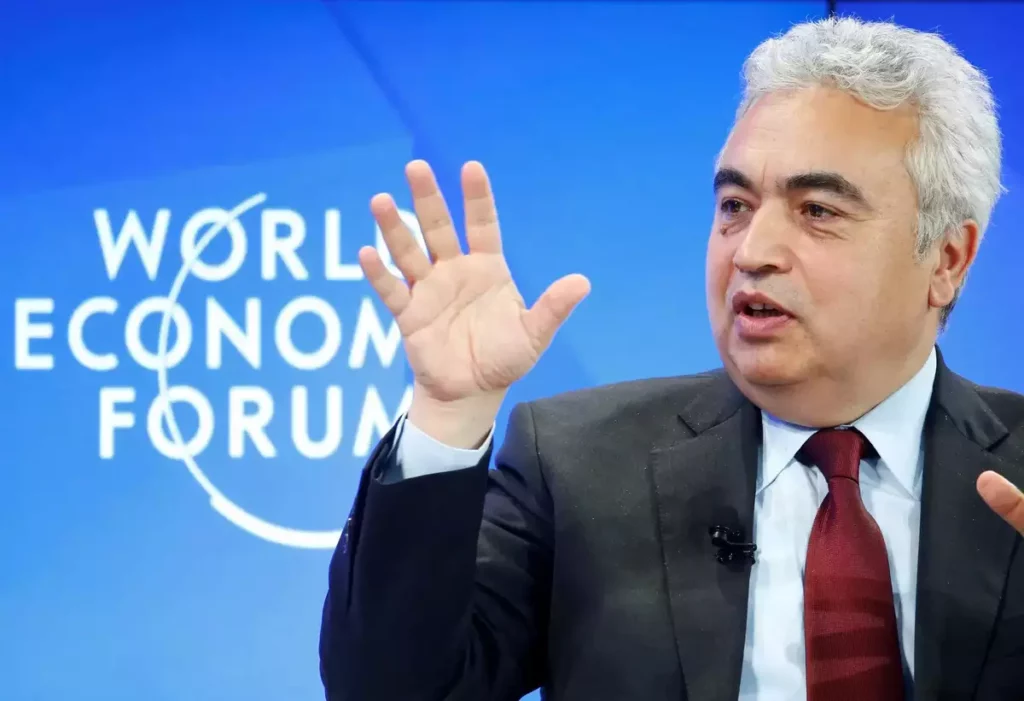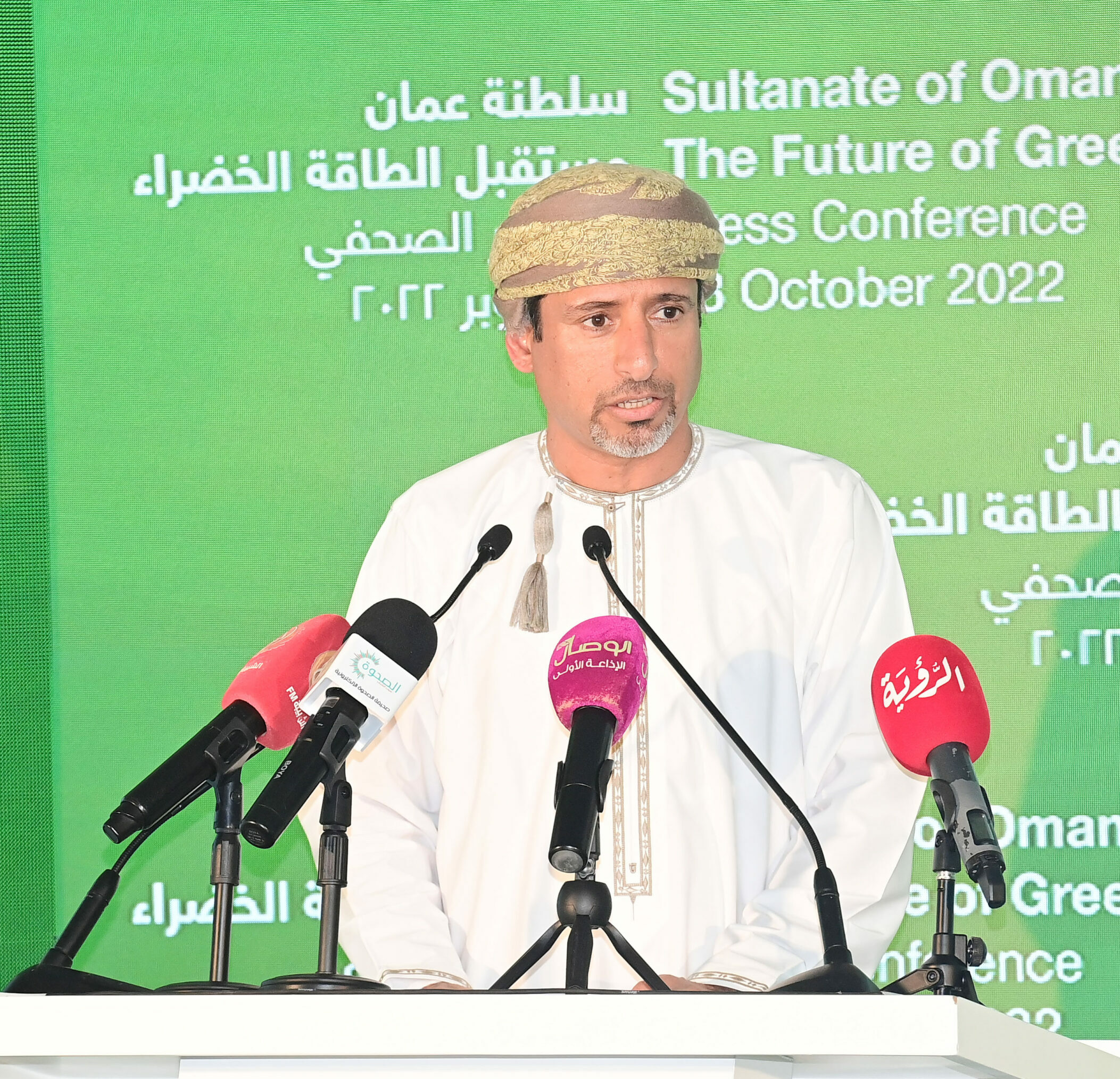
Russia’s invasion of Ukraine has changed energy markets and policies around the world, not just for the time being, but for decades to come. The energy crisis set off by Moscow’s war is giving a short-term lift to fossil fuels in some cases. More coal has been burned in Europe, for example, because natural-gas prices have been extremely high. But I think this lift is likely to be temporary. The crisis is also driving powerful structural changes that are set to accelerate the transition to clean energy. These promise to be positive for our climate and for our energy systems in the long run.
Our data at the International Energy Agency (IEA), where I am executive director, suggest that many governments are responding to the economically damaging spikes in fossil-fuel prices by doubling down on clean-energy technologies. America’s Inflation Reduction Act, the EU’s Fit for 55 package and RePowerEu plan, Japan’s Green Transformation programme and ambitious clean-energy targets in China and India are all helping. Consider America’s legislation. It should drive a decline in carbon-dioxide emissions from the country’s electricity sector this decade by using tax credits to boost the deployment of solar and wind power. At the same time it is supporting research and development into batteries and extending the lives of nuclear plants.
The latest analysis from the IEA shows that governments’ policies are now strong enough to deliver a distinct peak in fossil-fuel use within ten years. Fossil fuels have made up 80% of the global energy mix for decades. We see their share falling to 60% by 2050. Given that fossil-fuel use has grown alongside global GDP since the start of the Industrial Revolution in the 18th century, reversing this rise will be a pivotal moment in energy history. Yet the expected decline in fossil fuels brought about by current policies, and in associated greenhouse-gas emissions, will come too slowly to avoid severe impacts from climate change.
I am confident that governments will continue to strengthen their clean-energy policies, however, because they are no longer driven primarily by environmental concerns. The economic arguments in favour of affordable clean technologies are increasingly compelling. Solar and wind are the cheapest options for new power facilities in most parts of the world, even without taking into account the exceptionally high prices seen in 2022 for coal and gas. And countries also need to ensure their domestic clean-energy industries can compete internationally.







